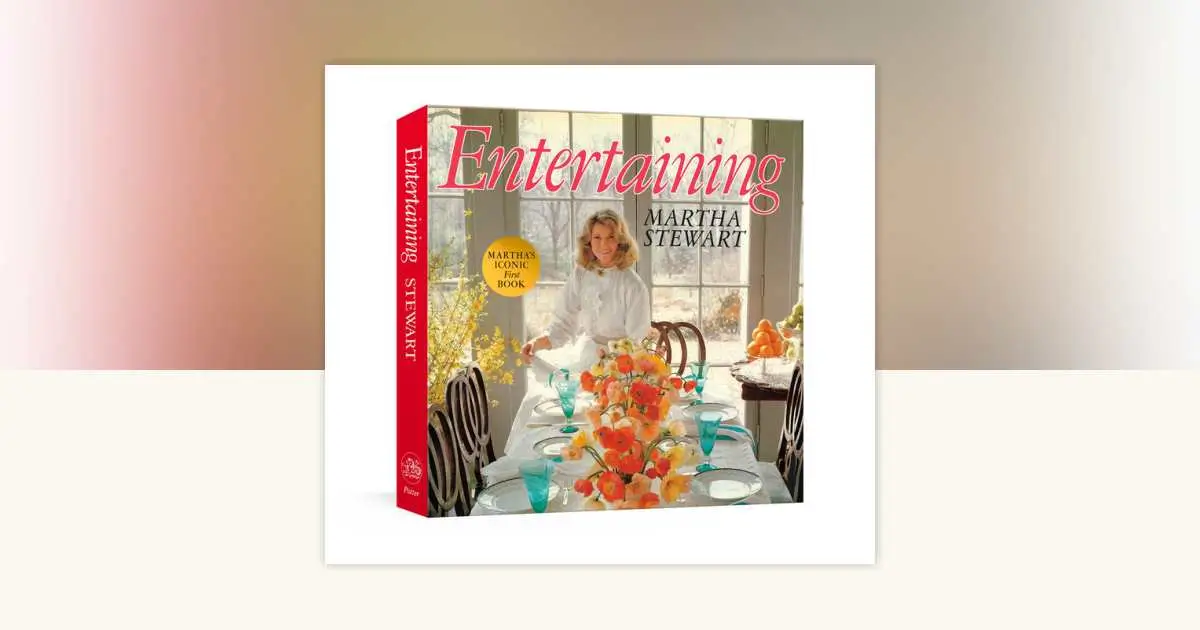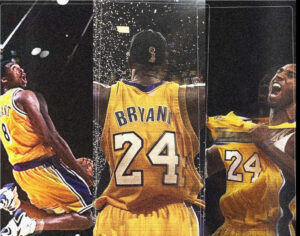“Come on, baby, let’s get away…”
These words opened not just a hit single, but an entire emotional portal. In 1990, Janet Jackson dropped “Escapade,” a shimmering, up-tempo anthem from her Rhythm Nation 1814 album, and everything changed—even if we didn’t know it yet.
For three and a half minutes, the track invited listeners to suspend their burdens, step away from a world in flux, and surrender to a fantasy built on rhythm and syncopation. But “Escapade” was never just a dance song. It was a celebration of joy as resistance, a choreography of decorum, and an orchestration of escape in its most elegant form.
In this retrospective review, we go beyond surface nostalgia. We dissect the song’s structure, social context, and the artistry that turned a chart-topper into a moment—both for Janet Jackson and for pop culture at large.
The Era: A Soundtrack to the End of a Decade
To understand “Escapade,” you have to place it in 1989. The Cold War was winding down, the Berlin Wall would fall that November, and in the U.S., the afterglow of Reaganism had dimmed into uncertainty. The economy was shifting. Social tensions simmered under glossy consumer culture. MTV was still the gatekeeper of cool.
Pop music, at the time, was fragmented—gravitating toward New Jack Swing, house, soft rock, early hip-hop, and the vestiges of synthpop. Michael Jackson had set the bar, but by the late ‘80s, it was his younger sister Janet who carried the torch with a new kind of controlled fire.
Coming off her 1986 breakthrough Control, Janet had already declared her independence. But Rhythm Nation 1814, the album that held “Escapade,” was something different. It was conceptual, daring to blend social commentary with pop hooks. And “Escapade,” the album’s third single, was its purest, brightest flame.
The Composition: Orchestrated Joy and Studio Decorum
“Escapade” was co-written and produced by Jimmy Jam and Terry Lewis, the legendary duo who helped define Janet’s sound. They crafted the song in a way that made it sound deceptively simple—like happiness that just fell into place.
But look closer, and you see the architecture.
The Structure: A Retro-Pop Blueprint
- Intro (0:00–0:11): A sweeping synth flourish, immediately bright, signaling movement. Janet’s voice enters almost like a narrator.
- Verse (0:12–0:34): Bouncy, syncopated rhythm with a light percussive loop—reminiscent of vintage Motown but digitized.
- Pre-Chorus (0:35–0:46): Builds momentum with melodic elevation; harmonies layer on top of a pulsing kick drum.
- Chorus (0:47–1:10): Euphoric. Major-key sparkle. Harmonies open wide like a sunny skyline. Every “let’s go!” feels like freedom.
- Bridge (1:45–2:00): Mid-song breakdown, offering a pause—a reflection interval—before the chorus returns with renewed power.
There’s a clear sense of restraint. No part overstays its welcome. No overproduction. The result? Clean decorum in the mix. No ego in the instrumentation, only propulsion. Every bar is placed with intent.
The Rhythm Nation Signature
“Escapade” carries that unmistakable Rhythm Nation DNA:
- Military-precise percussion
- Interlocking synth lines
- Melodic hooks that double as mantras
This wasn’t music that begged for attention. It commanded it. And yet, it remained light on its feet.
The Lyrical Premise: Escape as Psychological Therapy
Let’s talk lyrics. “Come on, baby, let’s get away. Let’s save our troubles for another day.”
Simple? Sure. But also revolutionary in its timing. The song doesn’t offer political resistance. Instead, it offers joy as temporary liberation. The lyrics aren’t demanding change—they’re demanding space. Emotional reprieve. A break from noise, from duty, from the crushing pace of life.
Escapism as Social Subtext
In a post-Reagan America teetering on burnout, “Escapade” wasn’t just a party anthem. It was therapy. For Black women. For working-class dreamers. For those exhausted by the grind and left out of Wall Street’s illusions.
Janet wasn’t promising paradise. She was offering a pocket of air, a pause button dressed in sequins.
The Performance: Janet as the Conductor of Vibe
Janet’s vocal performance in “Escapade” isn’t bombastic. She doesn’t belt like Whitney or scream like Prince. She flows. Controlled, flirtatious, airy, yet undeniably commanding.
Her voice dances with the beat, not over it. Every word is placed like a stone in a mosaic. She’s not overpowering the production—she’s steering it.
The choreography that accompanied the music video reinforced this. Set in a vibrant, multicultural street carnival, Janet leads a parade of joy. She’s not on a pedestal—she’s in motion, one with the crowd, orchestrating happiness through rhythm and style.
This was the decorum of performance—precise, practiced, and effervescent. Nothing about it was accidental, even if it felt spontaneous.
Cultural Resonance: “Escapade” as Flashpoint and Forecast
“Escapade” hit No. 1 on the Billboard Hot 100 in March 1990, making it Janet’s third chart-topper. But its impression goes beyond commercial success.
Blueprint for Modern Pop Joy
Long before Katy Perry or Dua Lipa minted upbeat hits about escape, Janet laid the groundwork. “Escapade” proved that optimism could still have edge, and that fun could be intelligently crafted.
Reframing Feminine Agency
Unlike the passive female tropes of early pop, Janet takes the lead in “Escapade.” “Come on, baby, let’s get away” isn’t a request—it’s a directive. She’s not waiting for permission to find freedom. She’s already packed the bags.
This performance of agency—through lyrics, movement, and vocal delivery—resonated particularly with women looking for role models who didn’t fit the diva mold but still radiated power.
Precursor to the “Feel-Good” Era of R&B
You can draw a direct line from “Escapade” to the grooves of Brandy, Aaliyah, TLC, and even early Beyoncé. These artists inherited not just Janet’s sound but her method—build a groove, layer it with confidence, and let the vibe lead.
The Interval Song Was Invented: A Transitional Magnum Opus
“Escapade” wasn’t just a single—it was a bridge track. A reflect interval in pop history. Positioned between the socially conscious songs of Rhythm Nation and the harder-edged janet. era, it stood as a pause between extremes.
This is where we introduce the term: interval song.
Not a filler, not a climax. An interval song provides breath, balance, and realignment. It’s the emotional hinge of an album. “Escapade” is perhaps the definitive example.
- It connects social commentary to joy without contradiction.
- It lets the listener exhale without abandoning substance.
- It redefines “lightness” as strategic, not superficial.
In musical terms, it functions almost like the scherzo in a classical symphony: energetic, quick, and structurally vital.
Aesthetic and Emotional Afterlife
More than 30 years later, “Escapade” still glows. It lives in skate rink playlists, nostalgic club nights, and TikTok montages. But its influence is deeper than recycled hooks.
It’s in:
- The clean optimism of Lizzo’s “Juice”
- The mid-tempo confidence of Doja Cat’s “Say So”
- The sugar-rush groove of Carly Rae Jepsen’s “Run Away with Me”
Yet no one has quite replicated what “Escapade” achieved because no one has Janet’s combination of decorum, discipline, and design.
This wasn’t just a bop. It was a blueprint.
Flow
“Escapade” wasn’t born out of naivety—it was forged in a studio where every beat was calibrated and every harmony crafted like a sonnet. It was a joyful scream in a complicated time. A fantasy grounded in structure. A song that gave its listeners what pop rarely does: permission.
Permission to pause.
Permission to smile.
Permission to dance with intent.
So what was “Escapade”? It was more than a chart-topper. It was decorum set to rhythm, a reflective interval in a culture caught between burnout and breakthrough. And in that sense, it wasn’t just a song—it was a soft revolution.
No comments yet.








